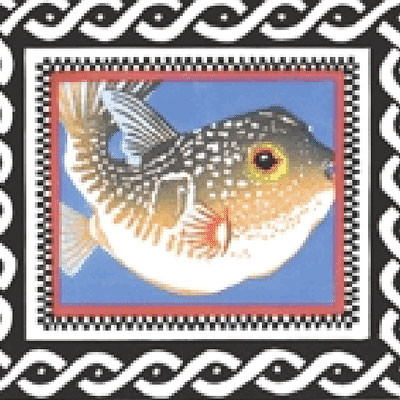Abstract
The compact genome of Fugu rubripes has been sequenced to over 95% coverage, and more than 80% of the assembly is in multigene-sized scaffolds. In this 365-megabase vertebrate genome, repetitive DNA accounts for less than one-sixth of the sequence, and gene loci occupy about one-third of the genome. As with the human genome, gene loci are not evenly distributed, but are clustered into sparse and dense regions. Some “giant” genes were observed that had average coding sequence sizes but were spread over genomic lengths significantly larger than those of their human orthologs. Although three-quarters of predicted human proteins have a strong match to Fugu, approximately a quarter of the human proteins had highly diverged from or had no pufferfish homologs, highlighting the extent of protein evolution in the 450 million years since teleosts and mammals diverged. Conserved linkages between Fugu and human genes indicate the preservation of chromosomal segments from the common vertebrate ancestor, but with considerable scrambling of gene order.
